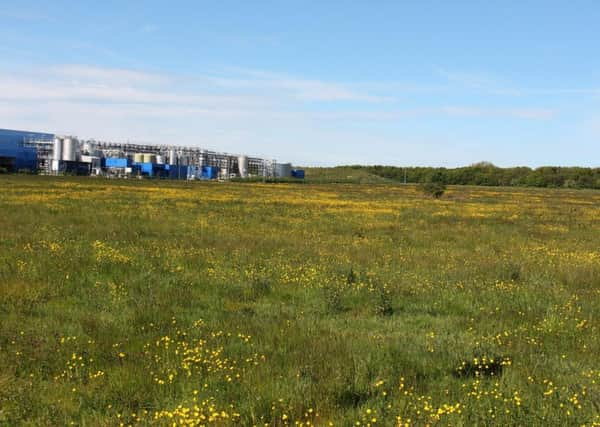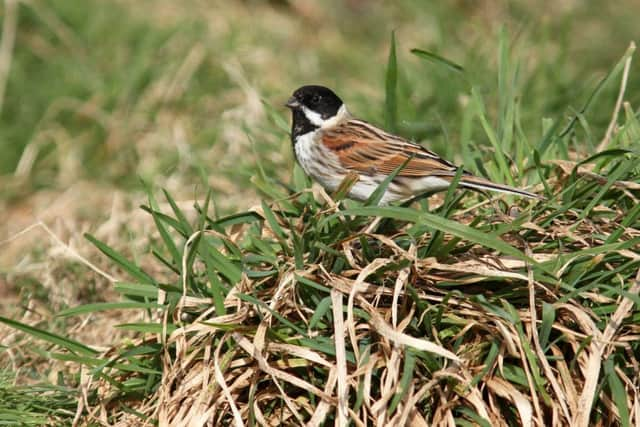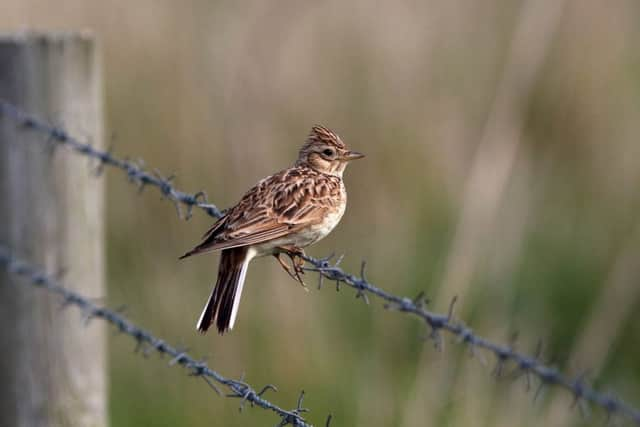NATURE NOTES: You don’t have to go far to enjoy nature’s gems


We might imagine great wetlands with large flocks of wintering wildfowl, green ancient woodlands full of bluebells and bird song or the sparkling seashore and its rock pools brimming with life with a myriad of different species on hand for our interest.
Whilst there is no doubt that sites such as these are good for wildlife, there are places we pass every day without giving them so much as a glance.


Advertisement
Hide AdAdvertisement
Hide AdThere are small parks, cemeteries or even council-planted car park edges where wild creatures merge into our daily lives.
Even better are the industrial estates or brown field sites such as quarries and pit heaps where wildlife does exceptionally well.
For example, from my office window in Ashington, I can see an area advertised for building factory units.
At the minute it is just a huge expanse of featureless grass that needs cutting. Or is it?


Advertisement
Hide AdAdvertisement
Hide AdThe green area outside is approximately the size of several football pitches. As the grass has not been sprayed with harmful pesticides and herbicides, the ‘featureless grass’ is actually a golden sea of buttercups, mixed with yarrow, sorrel, ox eye daisies and knapweed. There are a few thistles that will flower later in the summer too. One spot is damp grassland with a patch of rushes and a lone small willow that has avoided the mower in previous seasons.
On a sunny morning, the air is filled with the song of skylarks that breed on the ground in this urban ‘meadow’ oasis.
Reed buntings sing from the damp area while kestrels hover overhead looking for an unwary rodent to eat.
In spring and autumn migrating birds drop in, with flocks of meadow pipits and a wheatear or two pausing before moving off to the breeding grounds.
Advertisement
Hide AdAdvertisement
Hide AdWe have even seen a short-eared owl hunting here in winter and on one occasion a roe deer.
On a smaller scale, the wild flowers are attractive to various species of bee, hoverfly and other pollinating insects while half a dozen species of butterfly visit.
The commonest are the small and green veined whites and meadow browns but painted lady and small tortoiseshell can be found too, in season.
Thankfully the sympathetic land manager has agreed to hold off mowing until the autumn, giving the breeding birds a chance to fledge their young and enable the plants to set seed for next year.
Advertisement
Hide AdAdvertisement
Hide AdIn Alnwick, those in the know are aware that a walk around the town on a summer evening is accompanied by flocks of swifts screaming overhead and in winter, large numbers of pied wagtails roost on the roof tops around the market square.
However, how many have noticed that a walk along the River Aln in the town might give sightings one of our most beautiful insects, the banded demoiselle damselfly, a relatively new arrival to north Northumberland?
In July 2018, we were lucky enough to discover a rare butterfly, new to our local area, just near the river at Hulne Park on the edge of the town.
This was the small unassuming white-letter hairstreak.
It is an insect of elm trees where it flits around high up out of sight, weaving in and out of the leaves unseen by most people.
Advertisement
Hide AdAdvertisement
Hide AdI hope these sightings inspire you to keep an interested eye open on your daily walk to the shop, when out walking the dog or on a lunch time break from work.
You don’t have to be miles out into the countryside to find gems of nature. They live right amongst us, even in the middle of town.